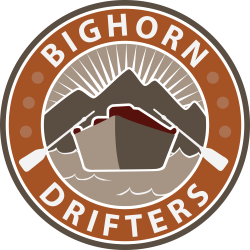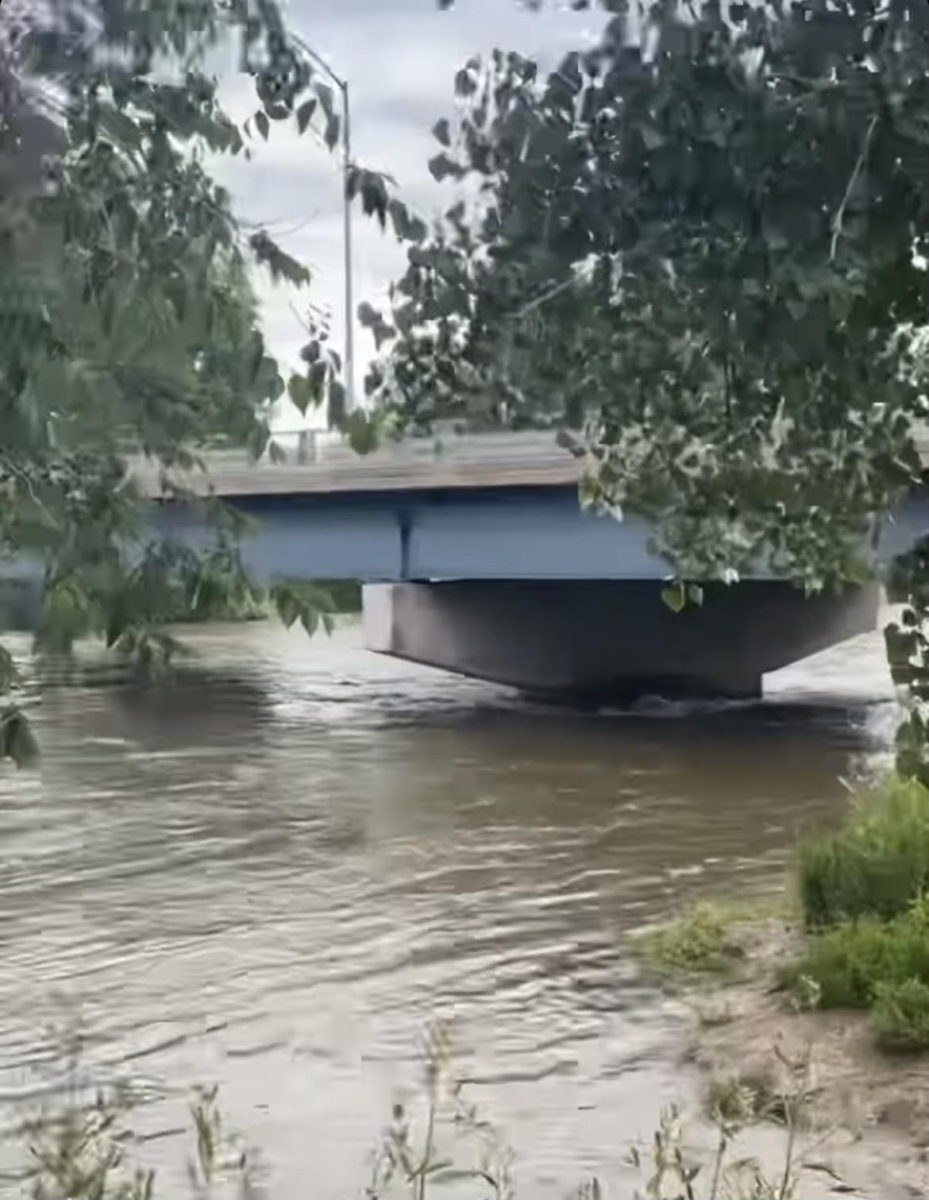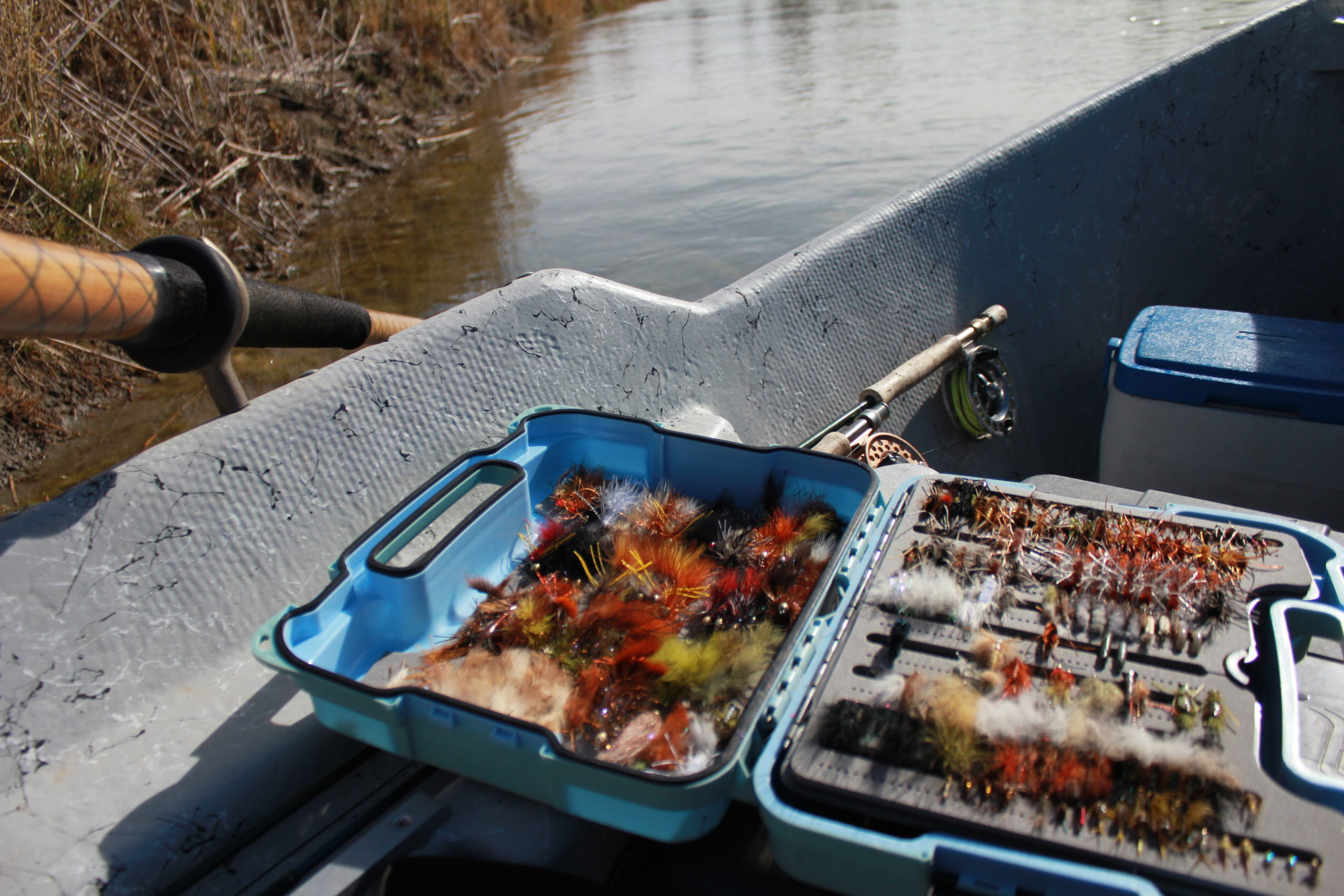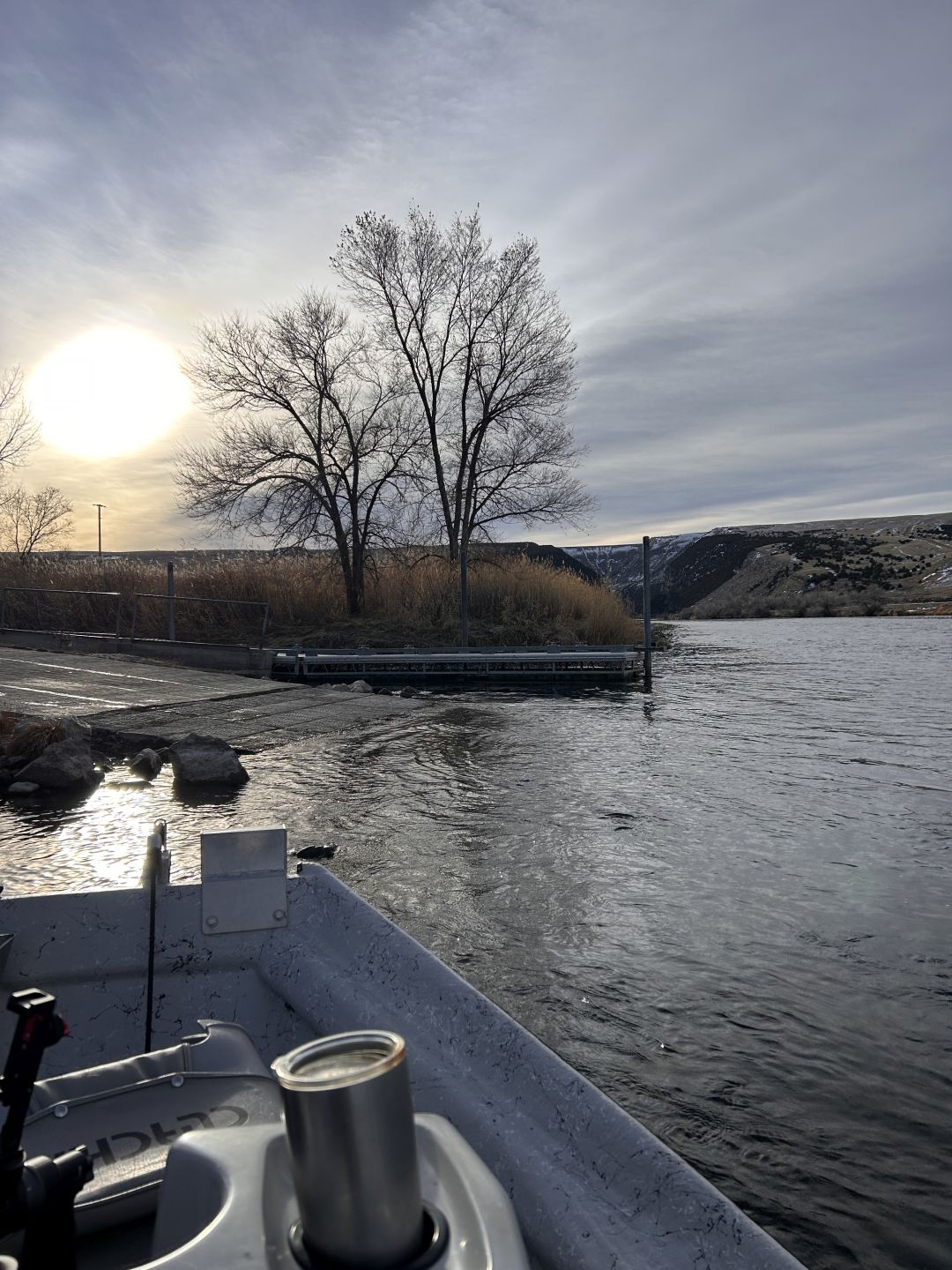When dealing with high water conditions while boating, it’s essential to prioritize safety. Here are some tips to consider:
1. Wear or have Personal Flotation Devices (PFDs): Always wear or have properly fitting and approved PFDs while on the boat. Make sure everyone on board has a PFD suitable for their size and weight.
2. Stay Informed: Monitor weather forecasts and river conditions before heading out. High water levels can be caused by heavy rain or dam releases, so knowing the current conditions is crucial. Look for water levels with the Bureau of Reclamation.
3. Know the River: Familiarize yourself with the river you’ll be boating on, including any potential hazards or submerged obstacles. High water can increase the risk of encountering hidden hazards, so exercise caution and be prepared.
4. Control Your Speed: Reduce your speed when navigating through high water. Faster currents and submerged debris can make maneuvering more challenging, so maintain a safe speed that allows you to react to unexpected situations. Row in the slower water, try to avoid the fast current.
5. Maintain a Safe Distance: Keep a safe distance from other boats, structures, or any potential obstacles. The increased water flow can make it more difficult to control the boat’s movements, so maintain extra space to avoid collisions.
6. Use Proper Anchoring Techniques: If you need to anchor in high water, choose an appropriate location and ensure your anchor is secure. Be aware that strong currents can put extra strain on the anchor, so use a suitable anchor and proper techniques to prevent drifting.
7. Be Mindful of Sweeper Trees: High water can cause overhanging trees and branches to become submerged or create dangerous strainers. Avoid boating near these obstacles as they can trap boats and cause accidents.
8. Communication and Emergency Preparedness: Have a means of communication, such as a fully charged cell phone in case of emergencies. Inform someone of your boating plans, including your intended route and estimated return time. Try to keep phone in a floating dry bag.
9. Be Prepared for Capsizing: In the event of a capsize, stay with the boat if possible and try to float feet-first downstream with your feet up to fend off any potential obstacles. Ensure that everyone on board knows how to swim and what to do in case of a capsize.
10. Practice Safe Boating Skills: Take a boating safety course to enhance your knowledge and skills. Learn and practice proper boat handling techniques to improve your ability to navigate through high water conditions.
Remember, it’s important to exercise caution and use your best judgment when boating in high water. If in doubt, it’s advisable to postpone your trip until conditions improve and it is safer to be on the water.




